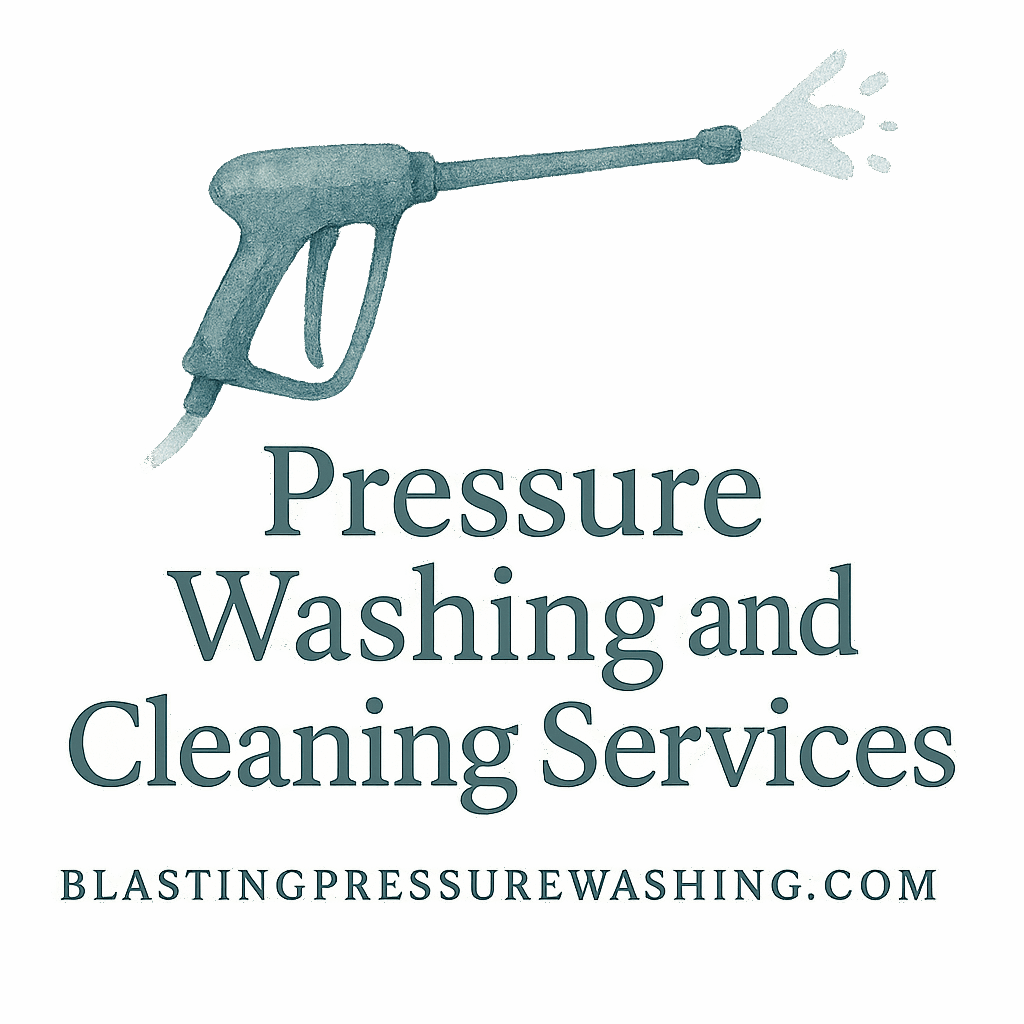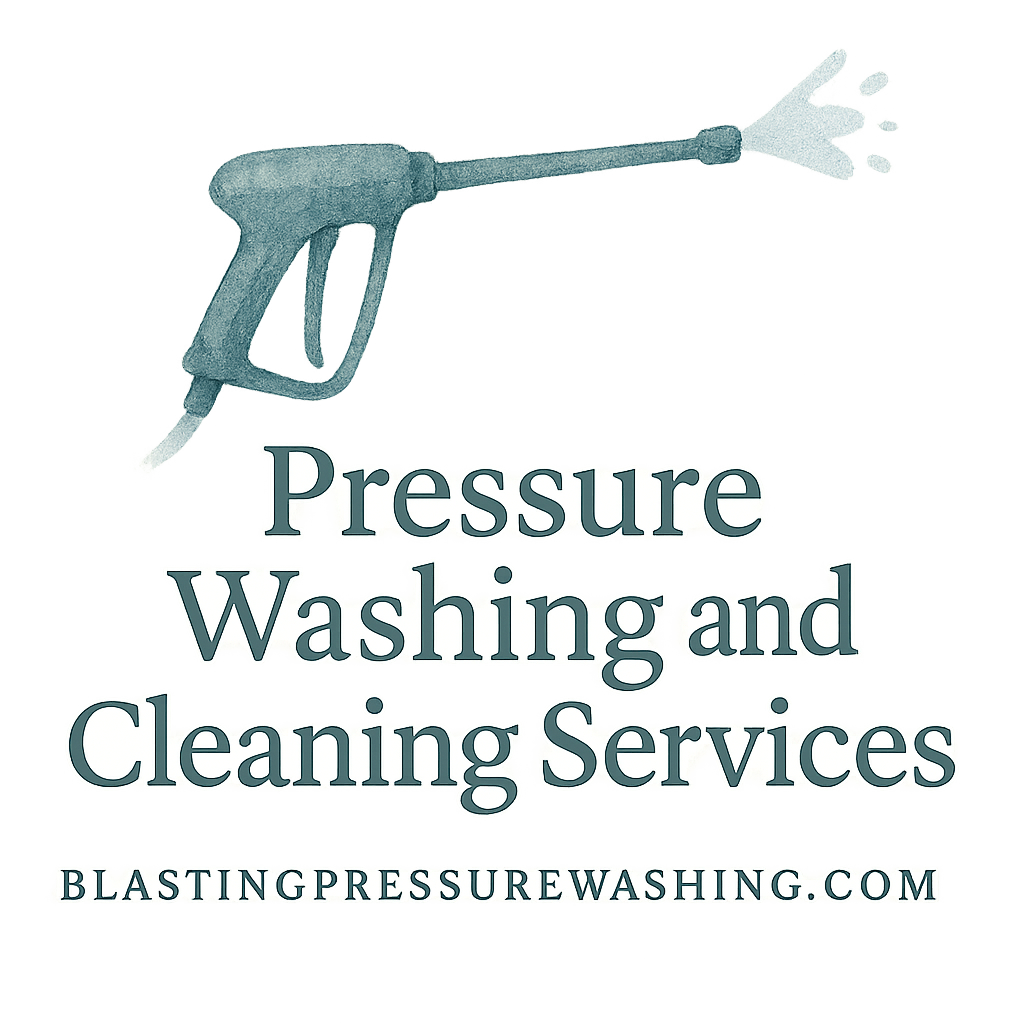Spring is finally here! That means blooming flowers, warmer weather, and—of course—spring cleaning. But if you’re only thinking about decluttering your closets and scrubbing indoor surfaces, you’re missing a major part of the refresh: the outside of your home. That’s where pressure washing comes in. In this guide, we’re diving into the top 10 spring pressure washing tips to refresh your home so it shines like new.
Let’s blast away that winter grime and make your home’s exterior sparkle!
Why Spring Is the Perfect Time for Pressure Washing
The Impact of Winter Grime
Winter can be tough on your home’s exterior. Between snow, ice, road salt, and debris, your siding, driveway, and walkways take a beating. You may not even notice how dirty things have gotten until the snow melts and the sun starts shining.
Spring Cleaning Mindset
Spring is a season of renewal, so it makes sense to freshen up the outside of your home just as you would the inside. Plus, with mild temperatures and longer days, it’s easier to tackle outdoor projects. Pressure washing in spring sets the tone for a clean, fresh year ahead.
Tip #1: Inspect Before You Wash
Before you fire up the pressure washer, take a walk around your property.
Look for Surface Damage
Cracks in siding, chipped paint, loose bricks, or cracked concrete could worsen with high-pressure spray. Make repairs first so you don’t turn a minor flaw into a major headache.
Check for Mold and Mildew
Pressure washing is excellent for removing mold, algae, and mildew—but these can indicate moisture issues. Pay attention to areas where mold returns quickly after cleaning.
Tip #2: Choose the Right Pressure Washer
Not all pressure washers are created equal.
Gas vs Electric Models
Electric pressure washers are quieter and perfect for smaller jobs like patios and furniture. Gas models offer more power, ideal for big jobs like driveways and siding.
PSI and GPM Considerations
- PSI (Pounds per Square Inch) = cleaning power.
- GPM (Gallons per Minute) = water flow.
For residential tasks, 2,000–3,000 PSI and 2–3 GPM is typically sufficient.
👉 Need help picking the right gear? Check out Pressure Washing Techniques & Tools
Tip #3: Use the Proper Nozzle
Using the wrong nozzle can damage your surfaces—or leave them dirty.
Understanding Nozzle Colors
Each color represents a different spray angle:
- Red (0°): Intense, pinpoint spray—rarely used for homes.
- Yellow (15°): Great for concrete and brick.
- Green (25°): All-purpose cleaning for siding, fences, etc.
- White (40°): Soft cleaning for windows, vehicles, and decks.
- Black (65°): Soap application only.
When to Use Turbo Nozzles
Turbo nozzles combine the power of a narrow spray with a rotating pattern. They’re great for tough stains on hard surfaces but should be avoided on delicate areas.
Tip #4: Use Eco-Friendly Cleaning Agents
Cleaning agents can boost your pressure washing results, but be selective.
Protecting Plants and Pets
Harsh chemicals can damage landscaping and harm pets. Use biodegradable, non-toxic cleaners that break down safely.
Avoiding Harsh Chemicals
Stay away from bleach-heavy solutions unless absolutely necessary. They can strip paint and kill beneficial organisms in your garden.
🌿 Learn more about eco-friendly pressure washing.

Tip #5: Focus on High-Traffic Areas First
Start with the spaces that see the most action.
Driveways and Walkways
These areas collect oil stains, tire marks, salt, and grime. Use a surface cleaner attachment for even coverage and faster results.
Patios and Decks
Pollen, dirt, and mildew love to settle here in spring. Just remember to use lower pressure and a wide-angle nozzle to protect wood or composite material.
Tip #6: Don’t Forget the Roof and Gutters
Your roof and gutters may not be eye-level, but they play a huge role in curb appeal and home maintenance.
Gentle Cleaning on Shingles
Roofs require soft washing—a low-pressure method with specialized cleaning agents. Never blast asphalt shingles directly!
Clearing Spring Clogs
Gutters fill up fast in spring with pollen, leaves, and dirt. Clean them out to avoid water damage and improve drainage.
🛠 Need help? Visit Residential Pressure Washing Services.
Tip #7: Work from Top to Bottom
This might sound obvious, but it’s a game-changer.
Preventing Streaks and Double Work
Starting at the top—like roofs and upper siding—allows dirt to flow down naturally. If you begin at the bottom, you’ll end up washing the same areas twice.
Tip #8: Mind the Weather
Timing is everything with pressure washing.
Best Time of Day for Pressure Washing
Mid-morning or early afternoon is ideal. You’ll avoid early-morning dew and give surfaces time to dry before evening moisture sets in.
Avoiding Rainy or Windy Days
Rain dilutes your cleaners, and wind blows debris onto freshly cleaned surfaces. Check your local weather before starting.
🌦 For seasonal strategies, visit Seasonal Pressure Washing Tips.
Tip #9: Use the Right Techniques
Technique can make or break your pressure washing results.
Sweeping Motions
Move the spray in smooth, sweeping arcs. Don’t hold it in one place too long—you could damage the surface.
Avoiding Damage from Close-Range Spraying
Keep the nozzle at least 12 inches away from the surface. Test in a small area first to gauge the impact.
🎯 Check out more pressure washing techniques.
Tip #10: Hire a Professional for Big Jobs
Sometimes DIY just isn’t the best option.
Benefits of Residential Pressure Washing Services
Professionals bring powerful equipment, expert technique, and time-saving tools that can clean your home quickly and thoroughly.
When DIY Isn’t Enough
Got multi-story homes, delicate surfaces, or tough stains? It’s worth investing in professional help to avoid costly mistakes.
🔗 Explore our pressure washing benefits and safety guide.
Conclusion
Pressure washing in spring is like giving your home a deep, invigorating breath of fresh air. Whether you tackle it yourself or call in the pros, these tips can help restore your property’s beauty, boost curb appeal, and protect your investment.
Ready to roll up your sleeves and blast away that winter grime? With these 10 pressure washing tips, your home will be sparkling in no time!
🌐 Need a hand? Visit Blasting Pressure Washing for expert residential and commercial services.
FAQs
1. How often should I pressure wash my home?
At least once a year is ideal—spring is the best time! But high-traffic areas may benefit from more frequent cleaning.
2. Is pressure washing safe for all surfaces?
Not all. Avoid using high pressure on wood, stucco, or asphalt shingles. Use the correct nozzle and cleaner for each material.
3. What’s the difference between pressure washing and power washing?
Power washing uses heated water. Pressure washing doesn’t. Heat helps remove grease and mold faster, but isn’t always necessary.
4. Can I use bleach in my pressure washer?
It’s risky. Bleach can damage internal components and hurt surrounding plants. Opt for cleaners made for pressure washers.
5. Should I seal my driveway after pressure washing?
Yes! Sealing protects your surface and extends the results of your clean.
6. Is hiring a professional worth the cost?
Absolutely—especially for multi-story homes, roofs, or if you’re short on time. It prevents damage and saves you hassle.
7. What should I pressure wash first in spring?
Start with walkways and driveways, then siding, decks, patios, and lastly the roof and gutters.


